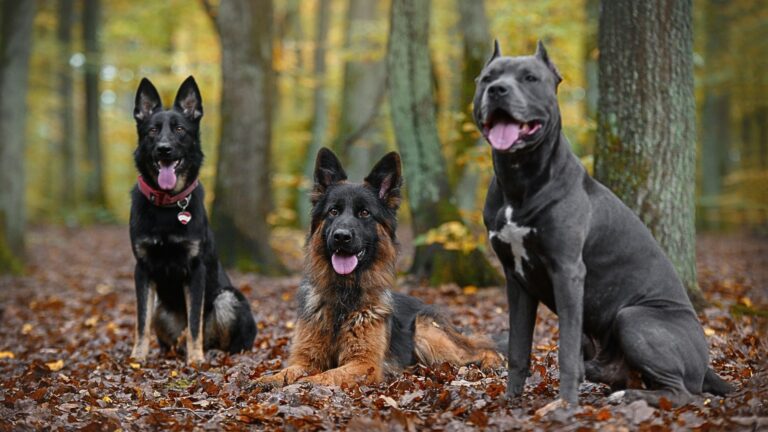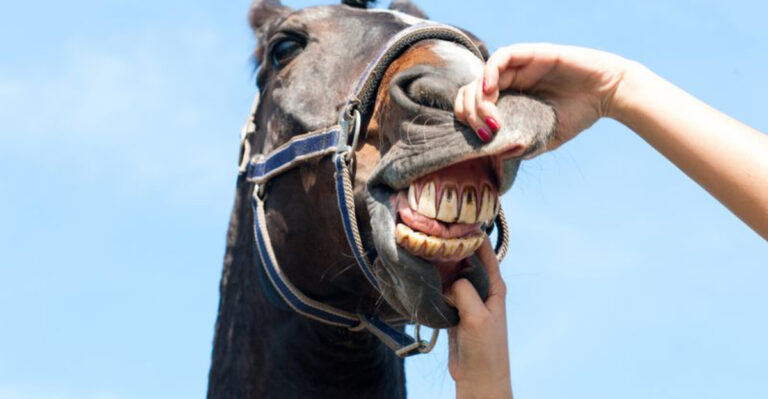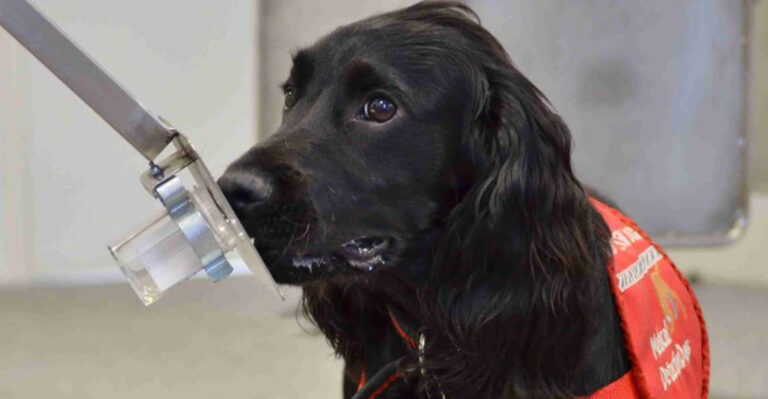16 Exotic Fish That Are Best Left Out Of Your Home Aquarium
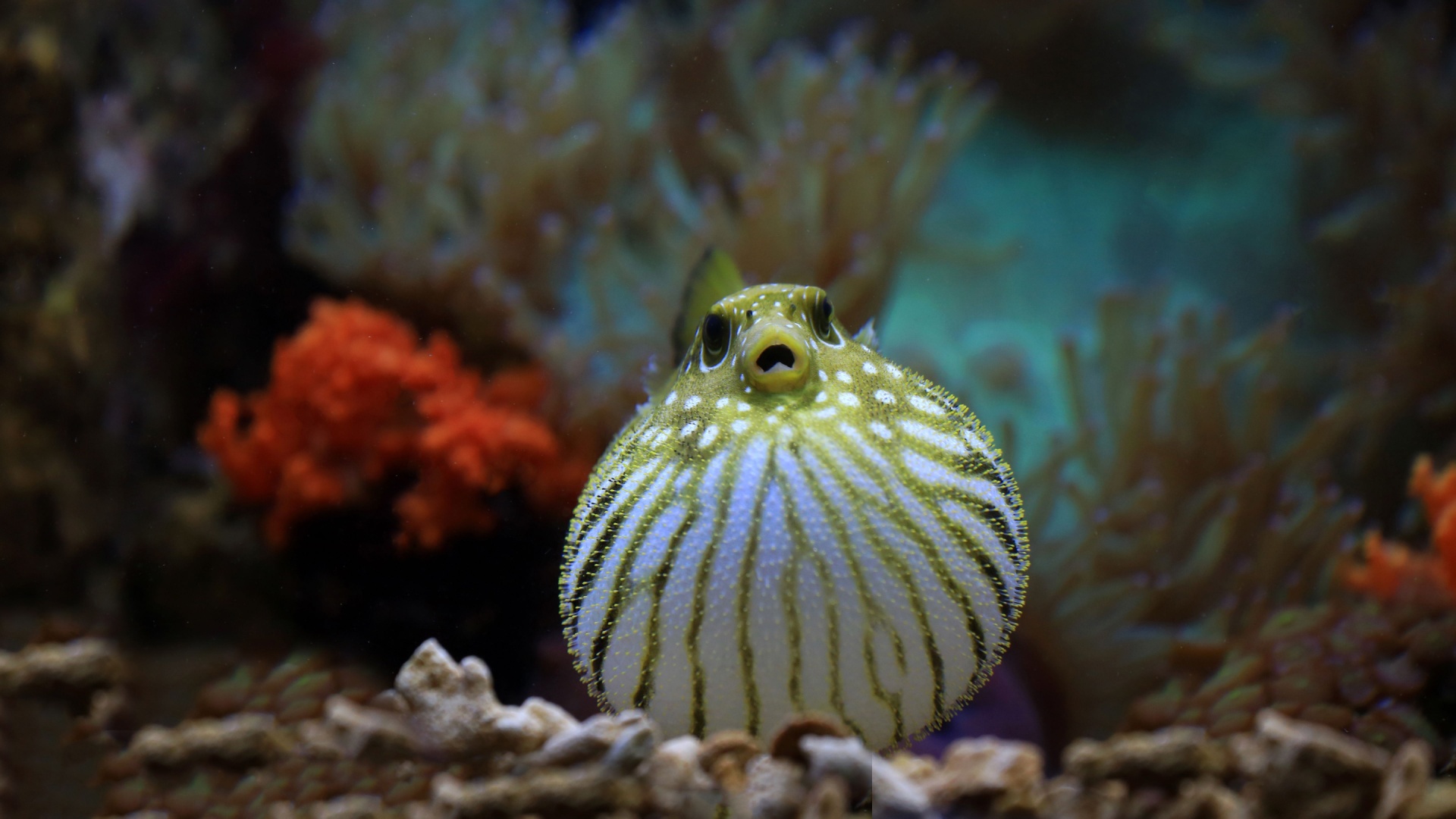
While exotic fish can add vibrant color and life to your home aquarium, not all species are suited for captivity.
Some fish require specialized care, unique environments, or specific water conditions that are difficult to replicate at home.
Let’s go over some exotic fish that are best left in the wild, highlighting why they’re not ideal for home aquariums and what challenges they present to fish keepers. Understanding their needs can help you make informed decisions about your aquatic pets.
1. Arapaima
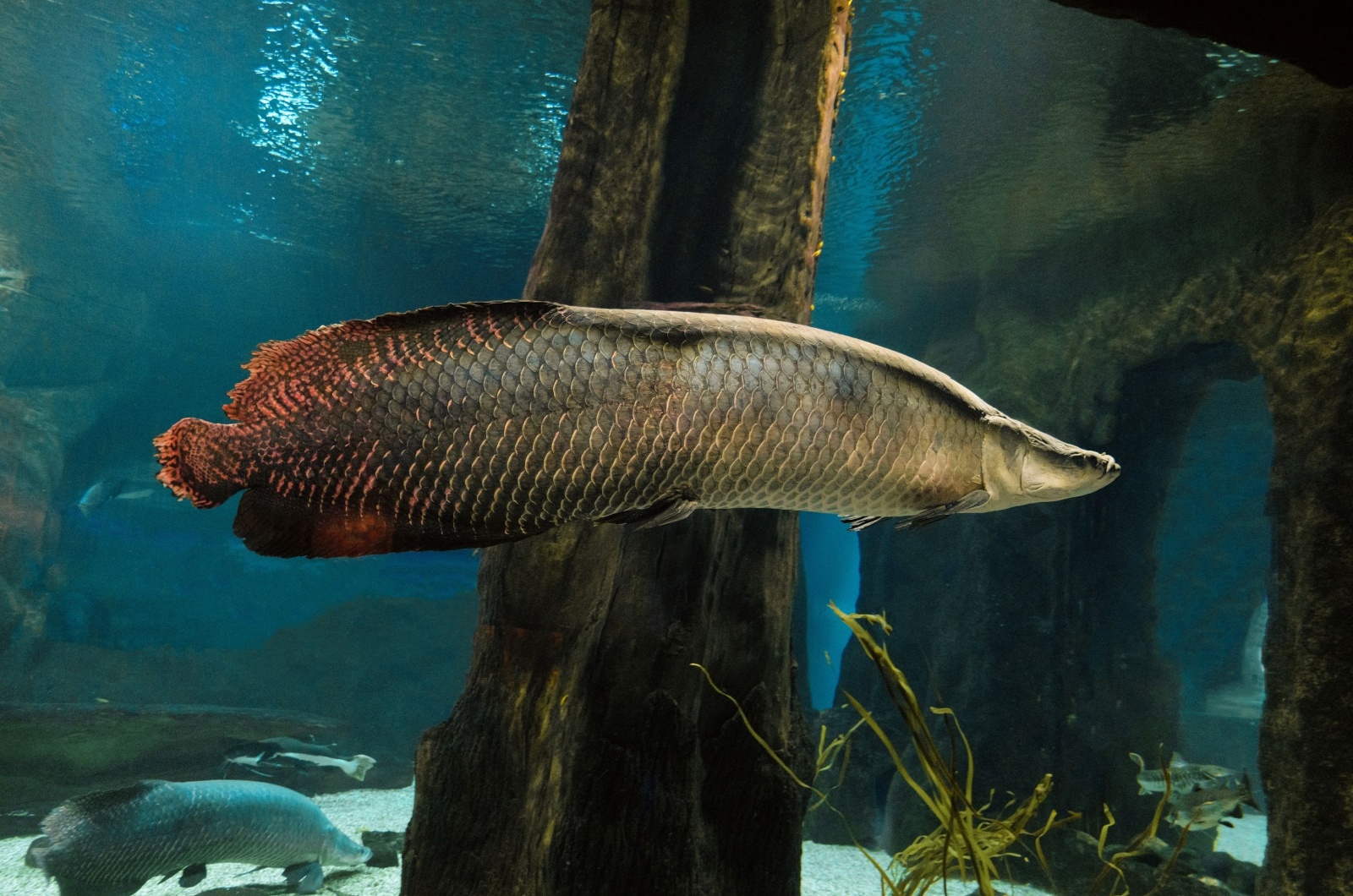
The arapaima is basically a freshwater giant. Growing up to 10 feet long and weighing several hundred pounds, this fish requires a tank the size of a swimming pool – literally.
It’s not just its massive size that makes it unsuitable for home aquariums, this Amazonian fish is an air breather and has to surface regularly, making it very active and hard to manage.
Unless your house doubles as a public aquarium, keeping an arapaima isn’t realistic.
2. Redtail Catfish
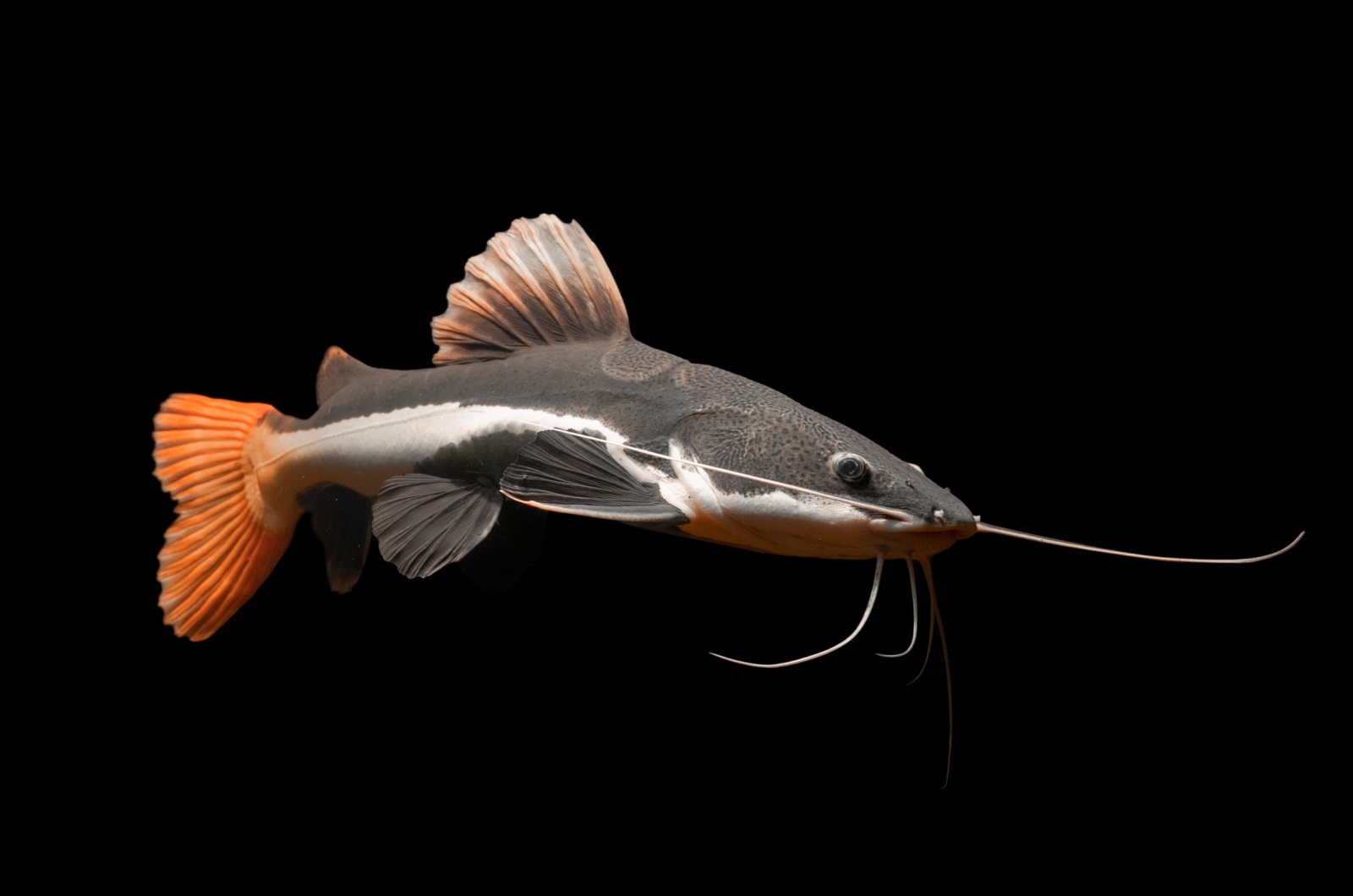
While adorable as juveniles, redtail catfish quickly outgrow their charm, growing into 4-foot-long tank busters that are far from manageable in most home setups.
These fish are voracious eaters, often snacking on tank mates, plants, and even inanimate objects like rocks and ornaments – anything they can fit in their expansive mouths.
Their appetite doesn’t stop there, redtail catfish require a protein-rich diet, which can become both costly and labor-intensive.
Beyond their eating habits, their sheer size and strength necessitate massive swimming space, ideally in a pond or industrial-scale aquarium.
Combined with their messy eating and waste production, they place an enormous strain on filtration systems, making them a poor choice for most aquariums.
3. Goliath Tigerfish
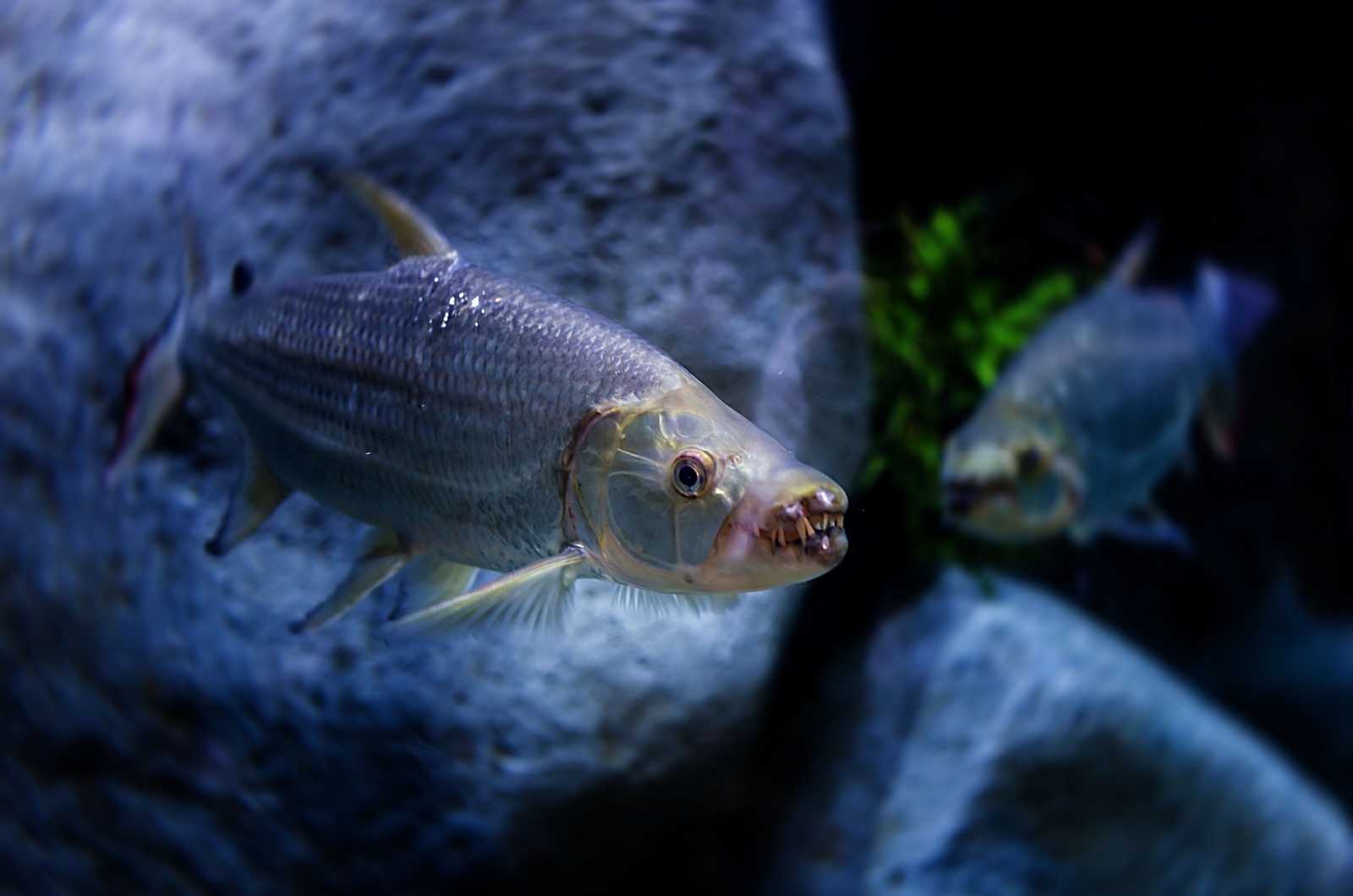
Imagine a piranha on steroids. The goliath tigerfish can grow up to 5 feet long and has a mouth full of razor-sharp teeth, making it a danger to other fish and possibly your fingers.
In the wild, it’s known to attack prey as large as itself, a behavior that’s impossible to accommodate in a home aquarium.
4. Pacu
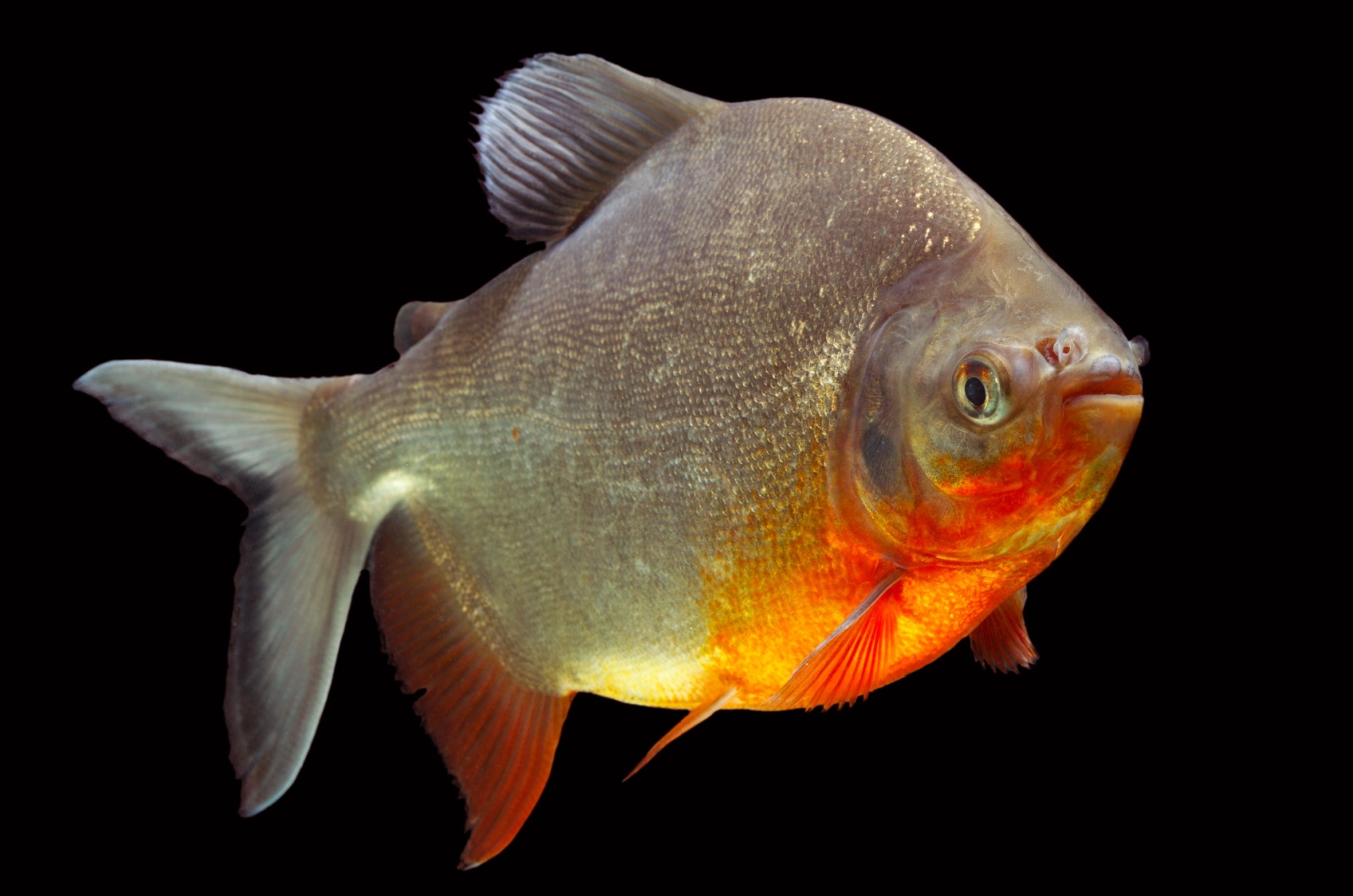
Often mistaken for piranhas, pacus are actually much more docile, but their gentle demeanor doesn’t make them easy to keep.
These fish can grow up to an impressive 3 feet in length, requiring an aquarium that’s not just large but enormous to accommodate their size and activity.
Their hefty appetite, which includes fruits, nuts, and other plant-based foods, can quickly overwhelm a tank’s filtration system, leading to water quality issues.
Pacus are equipped with human-like teeth that allow them to crack open hard-shelled foods, a fascinating feature but one that adds to their dietary complexity.
While they’re vegetarians, their needs – from space to diet – are far beyond what most aquarists can handle, making them a poor choice for the average home aquarium.
5. Shovelnose Catfish
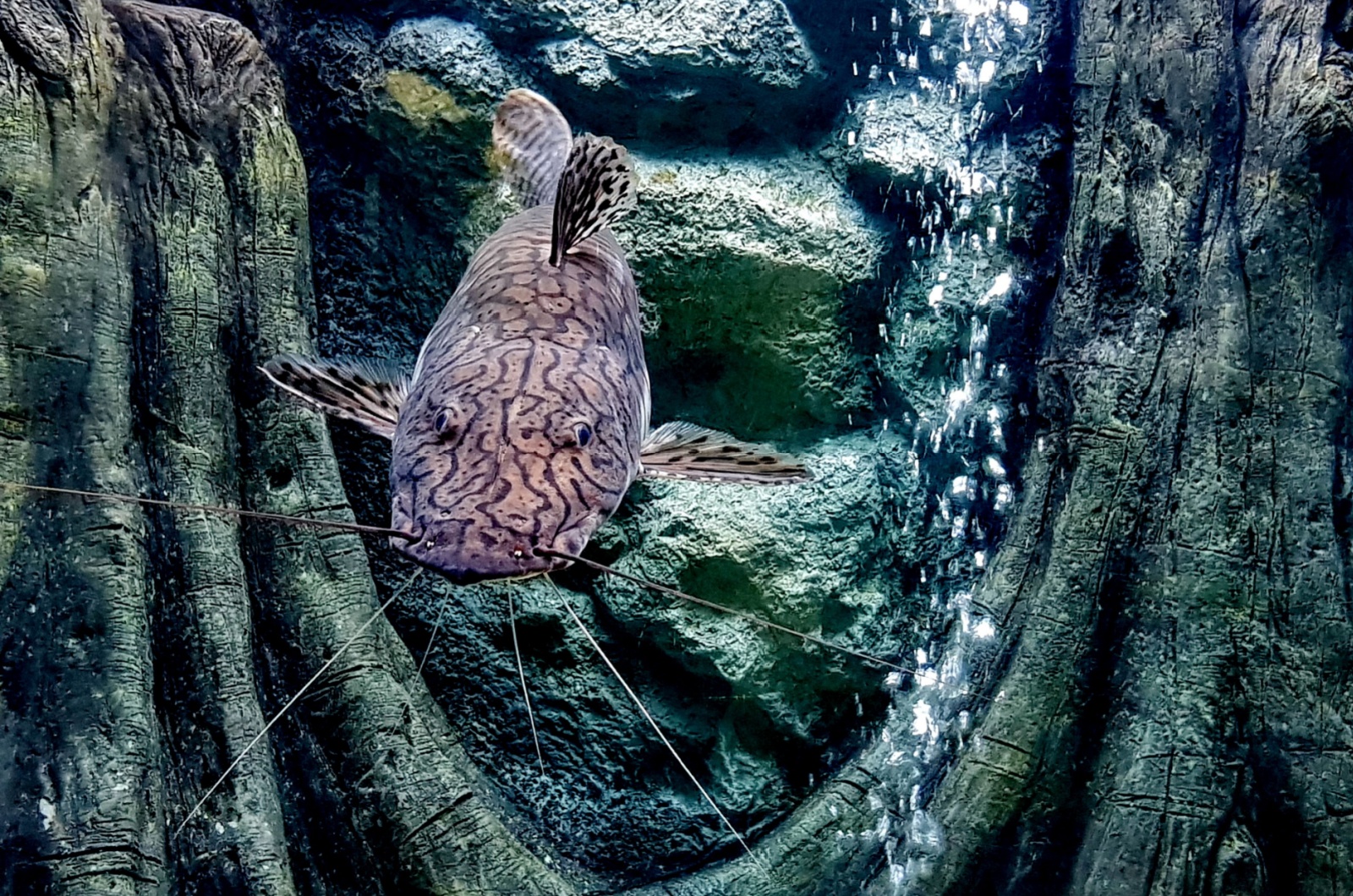
Shovelnose catfish are predatory fish that can grow up to an impressive 4 feet in length, making them a challenge for even experienced aquarists.
They are known to be aggressive toward smaller tank mates, often viewing them as prey rather than companions.
Their elongated body and flat snout give them a striking, prehistoric appearance that adds to their allure, but their care demands are anything but simple.
These fish require enormous swimming space to thrive, along with pristine water conditions that are difficult to maintain in most home aquariums.
Additionally, their diet of live or fresh food can be expensive and time-consuming, further underscoring why they are impractical for typical home setups.
6. Chinese High-Fin Banded Shark
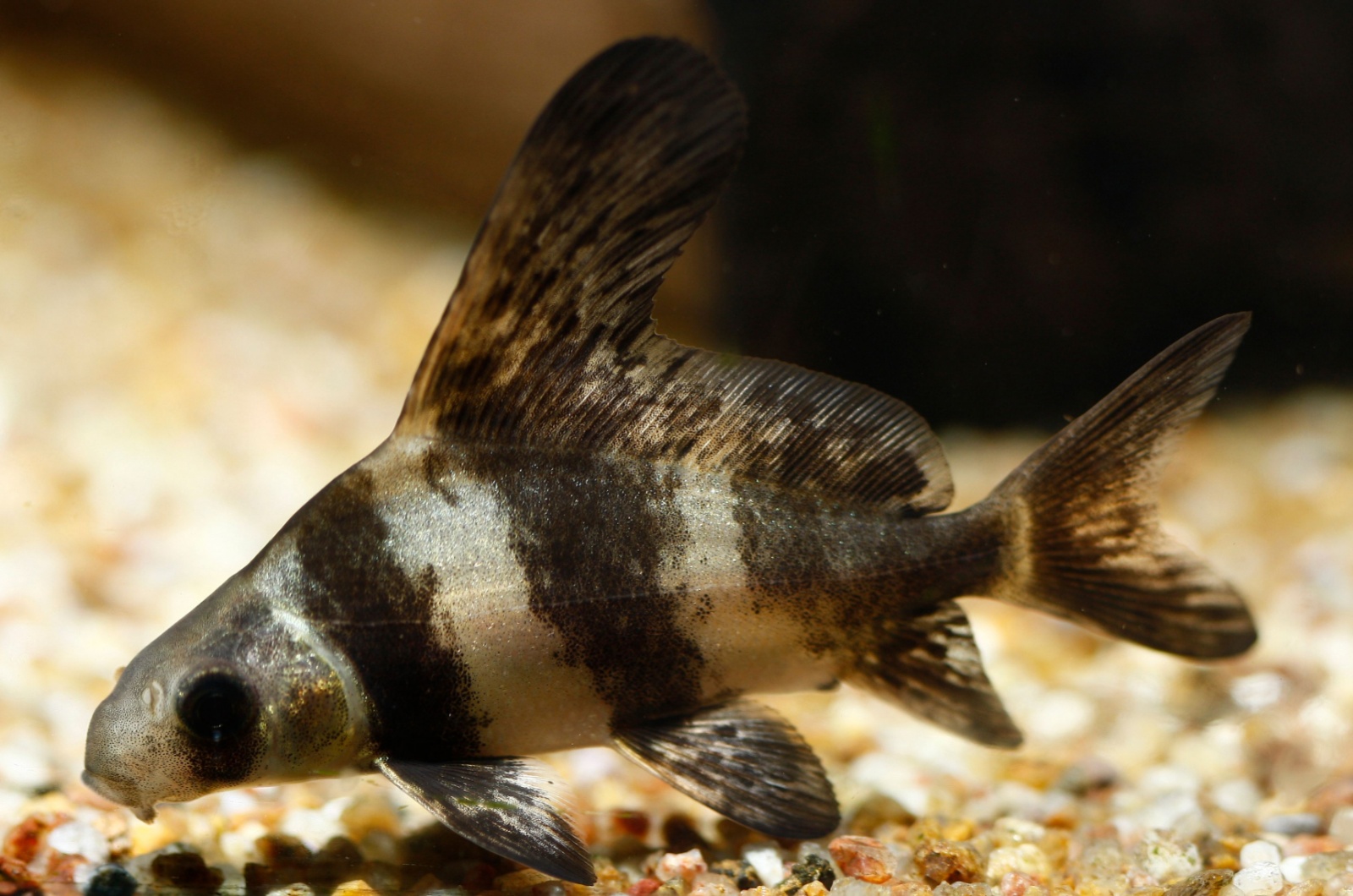
Admit it, once you read the shark part you were baffled! However, this little river swimmer is not a shark at all!
This fish is often sold as a cute juvenile, but it grows to over 4 feet in length and prefers cold, fast-moving water.
A home tank just can’t replicate the river conditions it needs.
Despite its name, it’s not a shark at all but a type of algae-eating carp that thrives in specialized environments.
7. Arowana
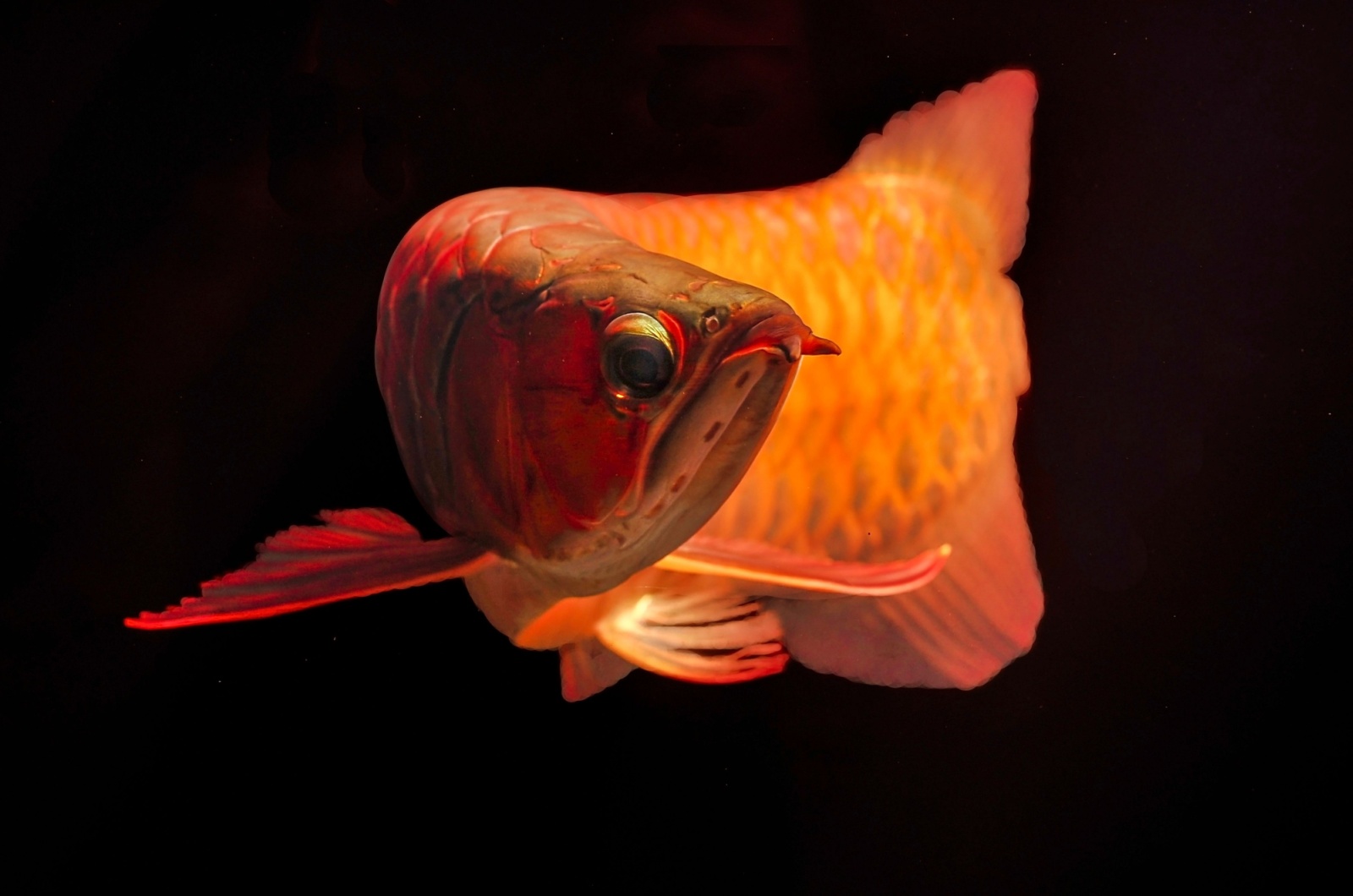
The arowana is celebrated for its beauty and grace, often gliding through the water like a living piece of art.
However, it is also a notorious escape artist, capable of leaping out of tanks that aren’t securely covered.
Growing up to 4 feet long, an arowana requires a spacious, heavily secured tank to accommodate its size and activity level.
This fish also demands a specialized diet of live prey or high-protein foods, which can be costly and difficult to maintain. In some cultures, arowanas are considered a symbol of good luck and prosperity, adding to their allure.
Despite their elegance, their territorial nature and potential for aggression toward other fish make them a challenge even for experienced aquarists.
Ensuring proper care for an arowana involves not only significant resources but also a deep understanding of its unique behaviors and needs.
8. Lionfish
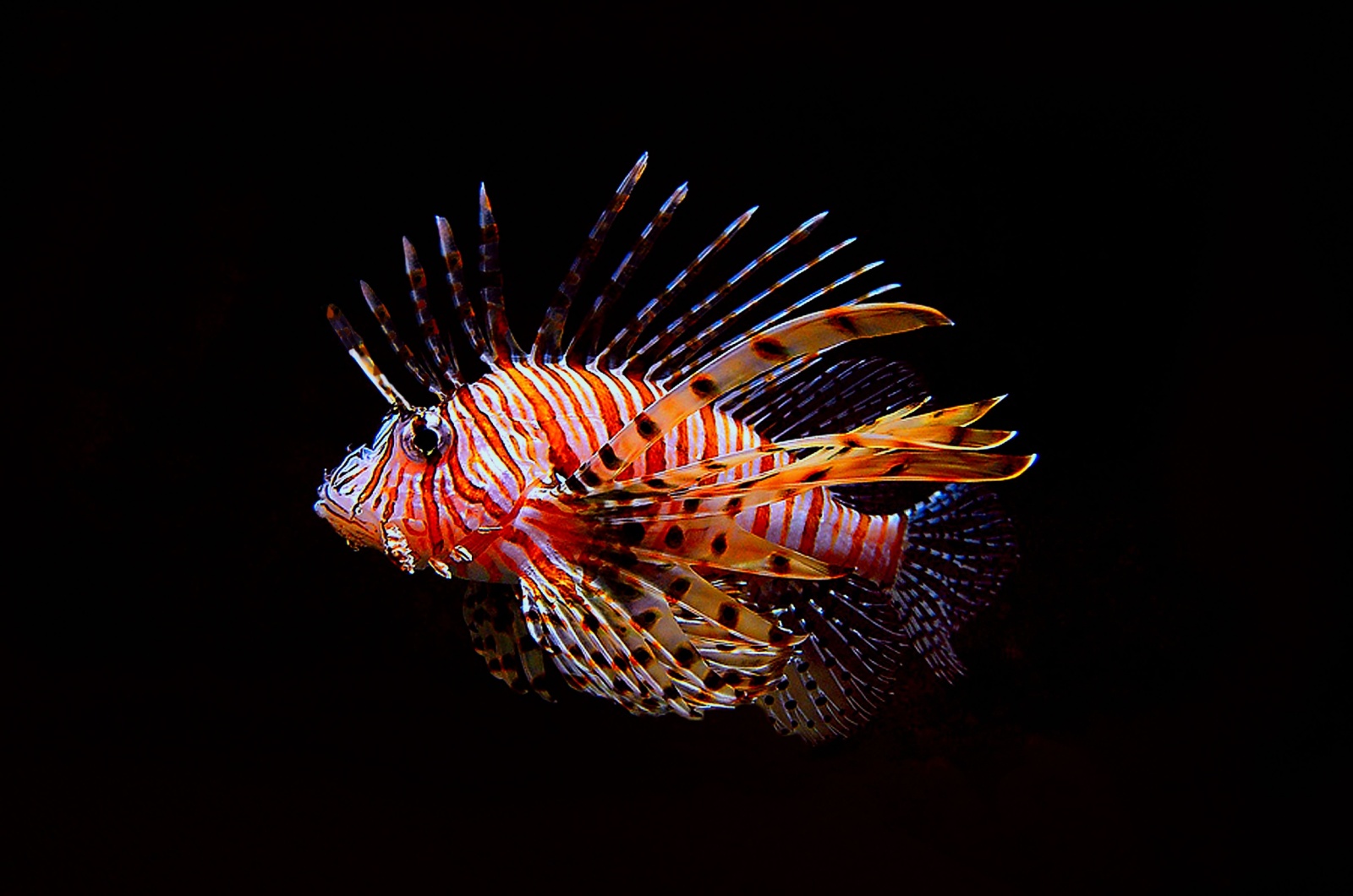
Lionfish are undeniably stunning, with their flowing fins and striking stripes, but their beauty comes with a dangerous twist.
Their venomous spines can deliver a painful sting, posing a risk to both tank owners and other inhabitants.
As voracious predators, lionfish will quickly decimate smaller fish and invertebrates in an aquarium, disrupting the delicate balance of a tank’s ecosystem.
In the wild, they have become invasive in many parts of the world, where they are actively hunted to protect local marine life.
Despite their captivating appearance, their predatory behavior, venomous nature, and the challenges of managing their impact make them unsuitable for typical home tanks.
9. Pufferfish
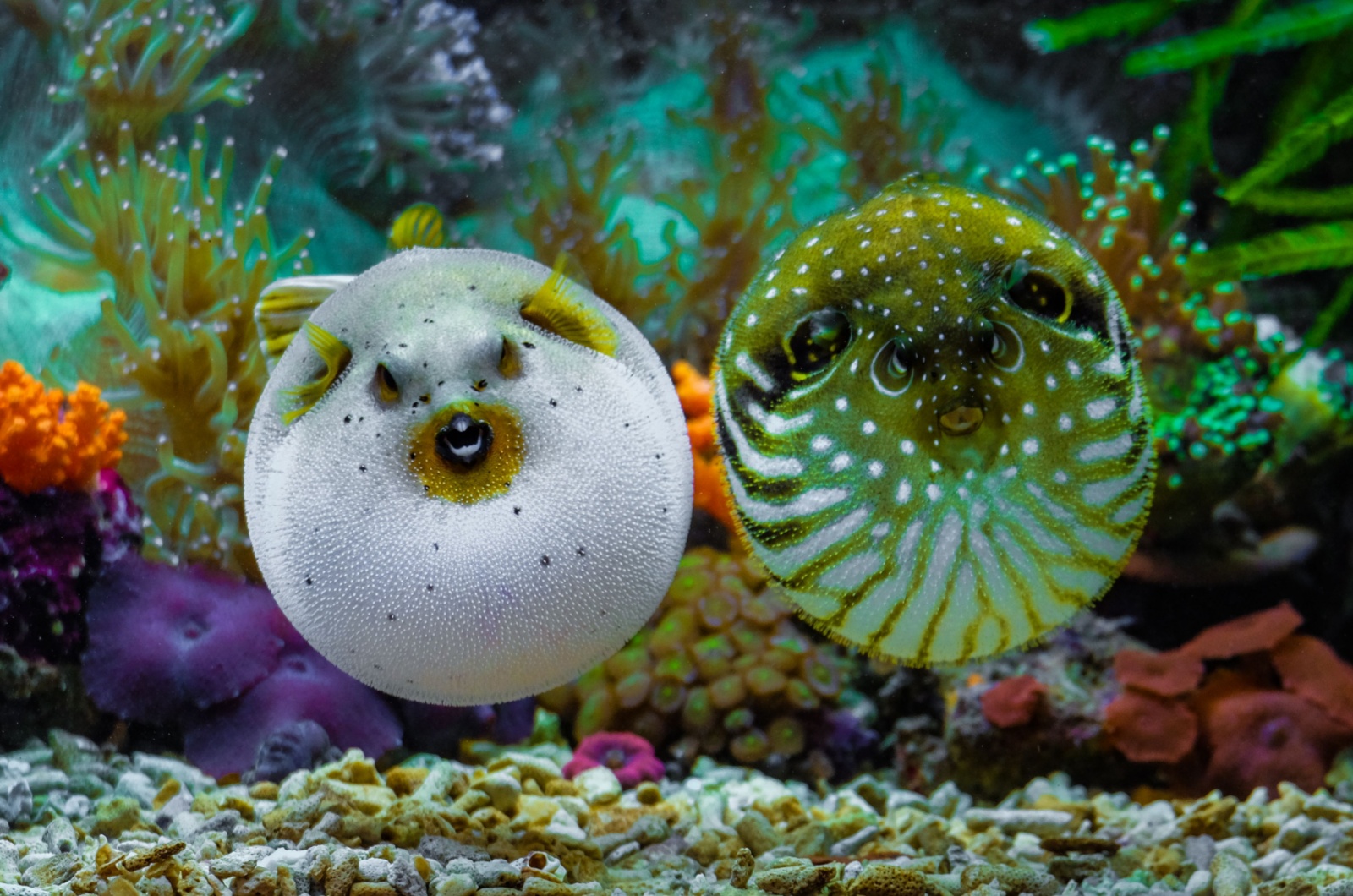
The Mbu puffer is a charismatic fish, but it grows up to 2 feet and has a voracious appetite for shellfish.
Its teeth need constant wear, which requires a specialized diet. Known for their ability to inflate their bodies to deter predators, pufferfish are also messy eaters, making water quality a significant challenge.
10. Freshwater Stingrays
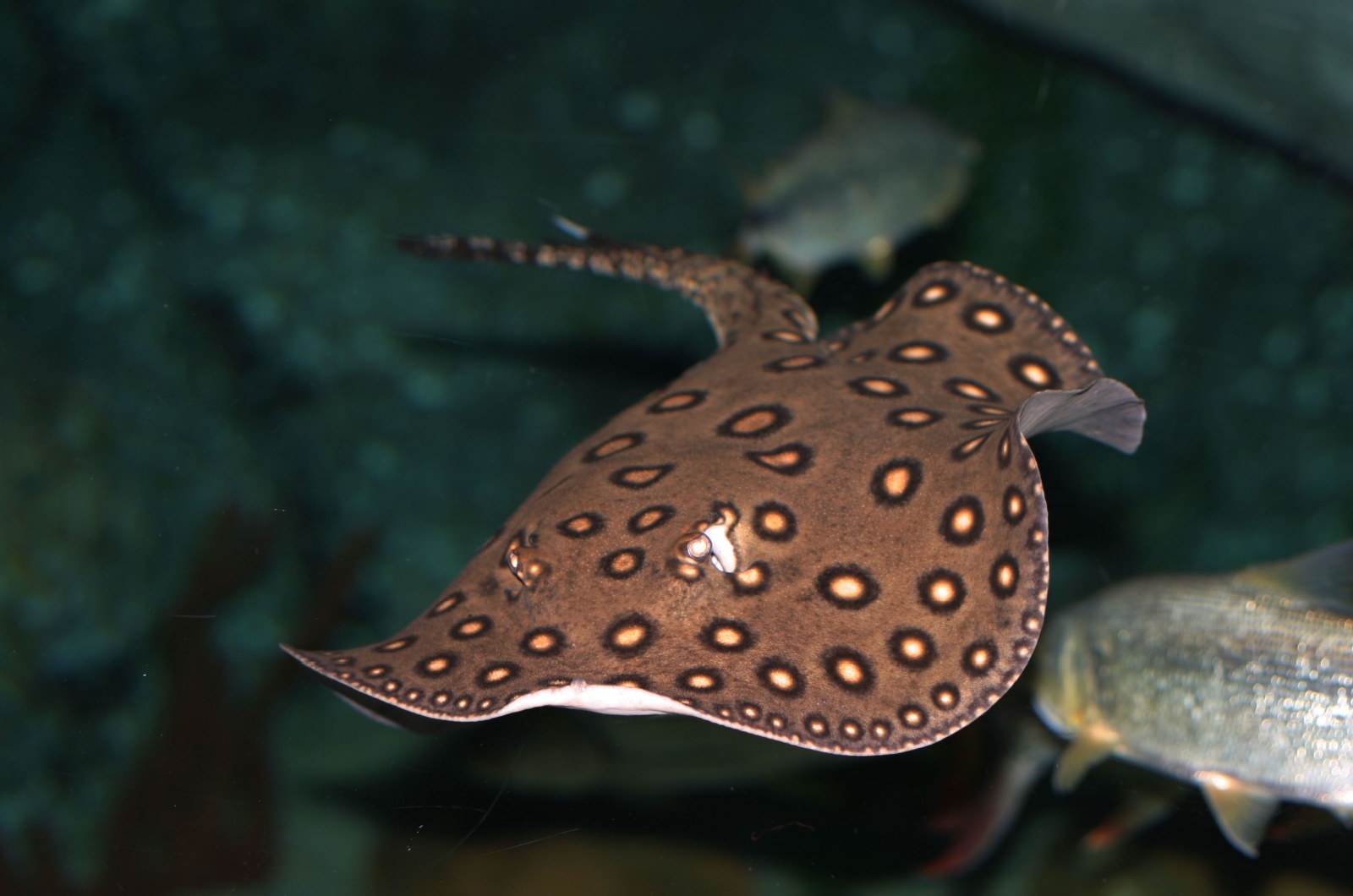
Freshwater stingrays need massive tanks with soft, sandy bottoms and impeccable water quality to mimic their natural river habitats.
These gentle yet demanding creatures require ample space to swim and bury themselves, as well as highly oxygenated water to maintain their health.
Their venomous tail barbs, which they use for defense in the wild, make them a potential hazard for inexperienced keepers who might accidentally provoke or mishandle them.
These stingrays are closely related to their marine cousins but have adapted exclusively to freshwater rivers, where they thrive in conditions that are extremely difficult to replicate in most home aquariums.
Their diet of live or frozen food adds another layer of complexity to their care, further emphasizing why they are best suited for expert aquarists or large public exhibits.
11. Giant Gourami
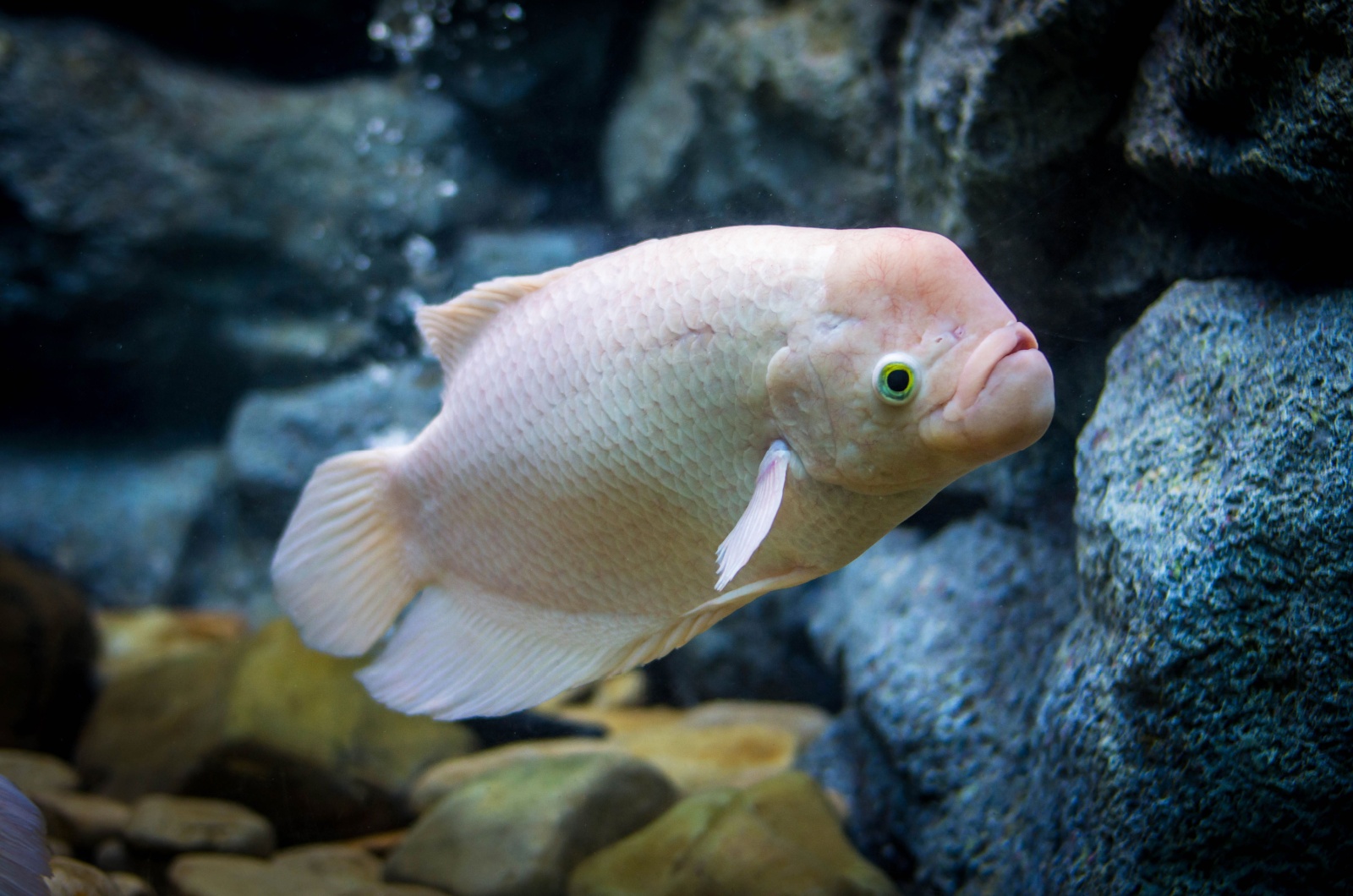
The Giant Gourami can grow up to 28 inches in length, making it far too large for most home aquariums. These fish require substantial swimming space and a tank with a capacity of at least 250 gallons.
Additionally, their aggressive nature can make them unsuitable for community tanks, posing a risk to smaller fish.
Their size and care requirements make them better suited for public aquariums or experienced hobbyists with ample resources.
12. Snakehead Fish
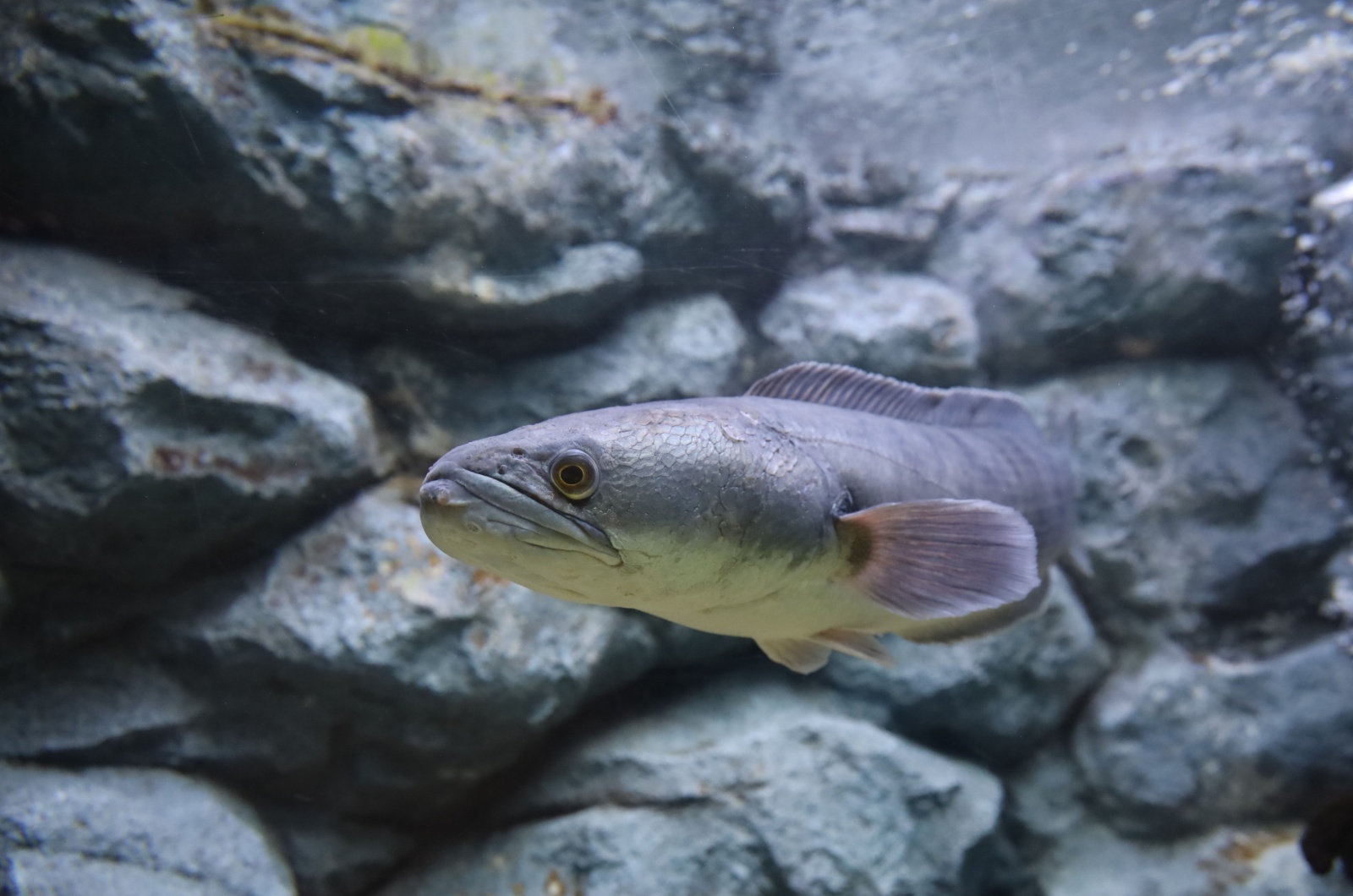
Snakehead fish are known for their aggressive behavior and voracious appetite. They can grow up to 3 feet in length, requiring an enormous tank that most home setups cannot accommodate.
Moreover, in some regions, snakeheads are considered invasive species and are illegal to own due to their ability to survive out of water for extended periods and their threat to local ecosystems.
Their predatory instincts and environmental impact make them unsuitable for home aquariums.
13. Dovii Cichlid
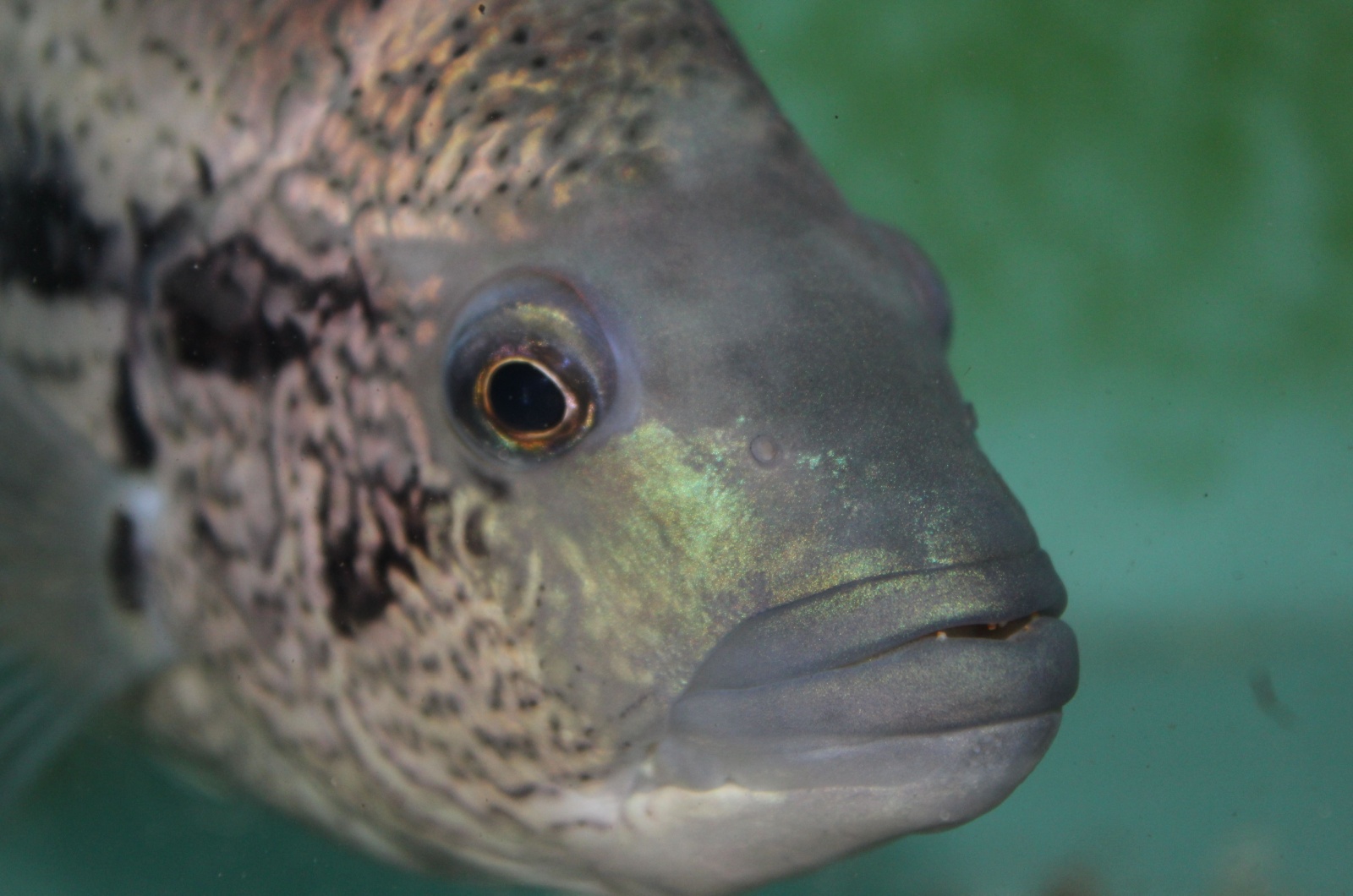
Credit: Shutterstock
The Dovii Cichlid, also known as the Wolf Cichlid, is an incredibly aggressive and territorial fish that makes it a poor choice for most home aquariums.
Growing up to 28 inches (70 cm) in length, this large predatory fish requires an enormous tank—at least 200 gallons for a single adult. Dovii Cichlids are known for their intense aggression, often attacking and killing tankmates, making them unsuitable for community tanks.
Even owners have reported instances where these fish recognize and react aggressively to their keepers, sometimes splashing water or lunging at the glass.
Their powerful jaws and sharp teeth allow them to easily consume smaller fish, and their aggressive temperament means they will dominate any tank they are placed in.
In addition to their size and temperament, Dovii Cichlids produce a significant amount of waste, requiring heavy-duty filtration systems to maintain water quality. Only expert aquarists with massive setups should consider keeping one.
14. Clown Knifefish
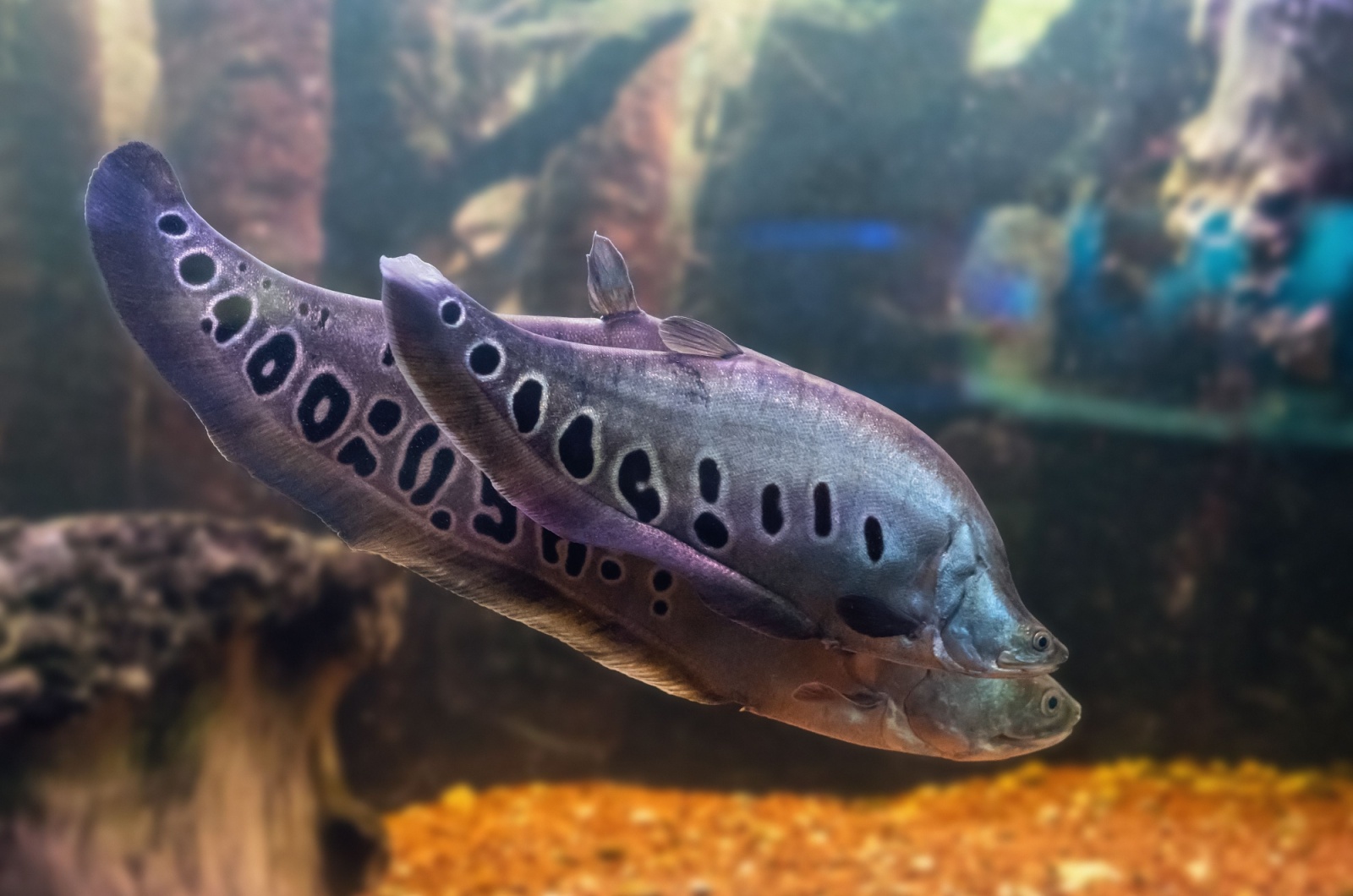
Credit: Shutterstock
The Clown Knifefish is an exotic and fascinating species, but it is completely unsuitable for most home aquariums due to its massive size and specific care requirements.
While juveniles are often sold at just a few inches long, they can rapidly grow up to 3.5 feet (1 meter) in length, far outgrowing standard home tanks. A single adult Clown Knifefish requires at least a 300-gallon tank, something very few aquarists can accommodate.
In addition to its size, this fish is a nocturnal predator, meaning it will eat any smaller fish in the tank. It is also known for being easily stressed, often hiding for long periods and refusing to eat when placed in inadequate conditions.
Clown Knifefish need dim lighting, strong filtration, and plenty of space to swim, making them a high-maintenance species. Without proper care, they become weak and prone to disease, making them a poor choice for most hobbyists.
15. Vampire Tetra
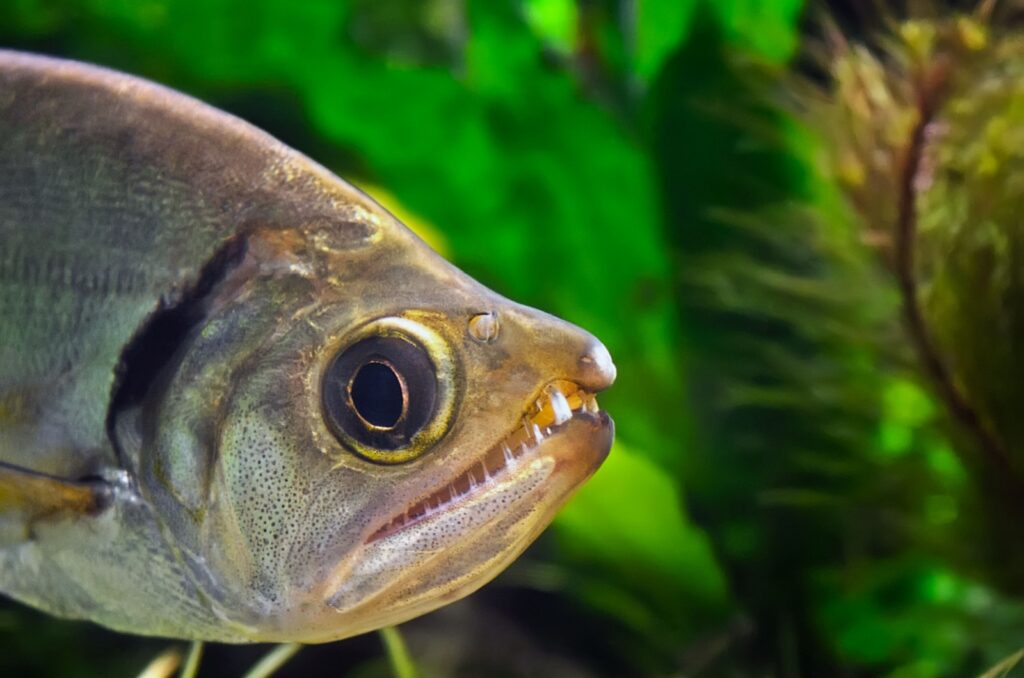
Shutterstock
The Vampire Tetra is a small but fascinating fish native to South American rivers. Known for its sharp teeth and unique feeding habits, it can pose challenges for aquarium keepers.
While its size might seem manageable, its aggressive nature and specialized diet make it a poor choice for typical home tanks.
Vampire Tetras require specific water parameters and ample space to thrive, and they can be territorial and aggressive toward other fish, which complicates keeping them in a community aquarium setting.
16. Napoleon Wrasse
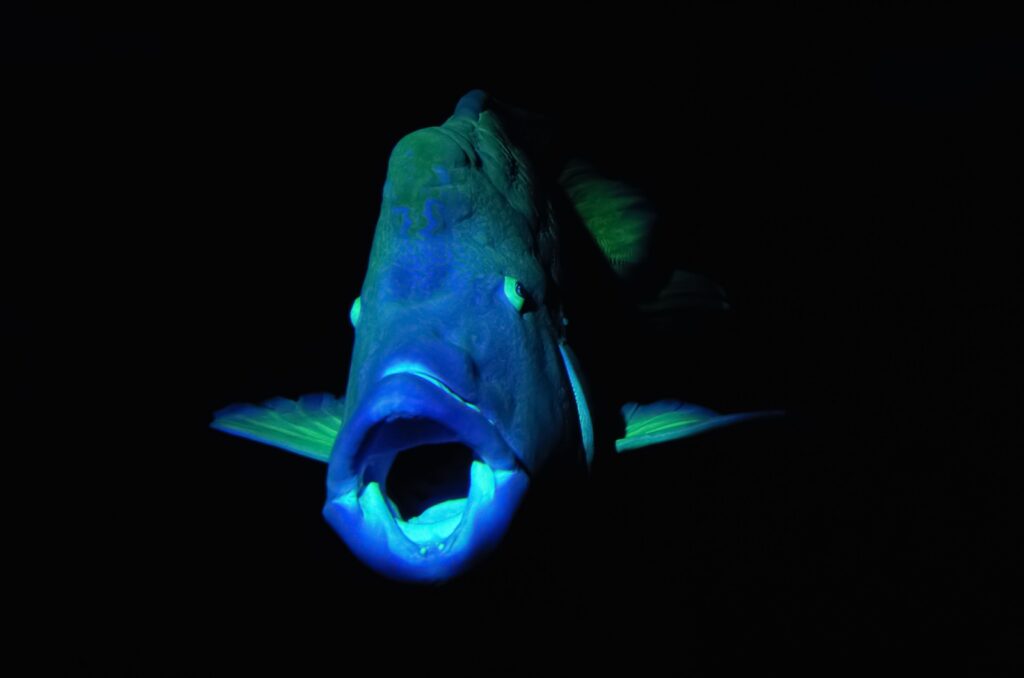
Shutterstock
The Napoleon Wrasse, also known as the Humphead Wrasse, is one of the largest reef fish in the world, growing up to 6 feet long.
Its striking colors and unique hump on its forehead make it a popular sight in the wild, but this magnificent fish is unsuitable for home aquariums due to its enormous size and complex care requirements.
Napoleon Wrasses need vast ocean spaces, a specialized diet, and stable water conditions that are nearly impossible to replicate in captivity, making them best admired in their natural habitats.

